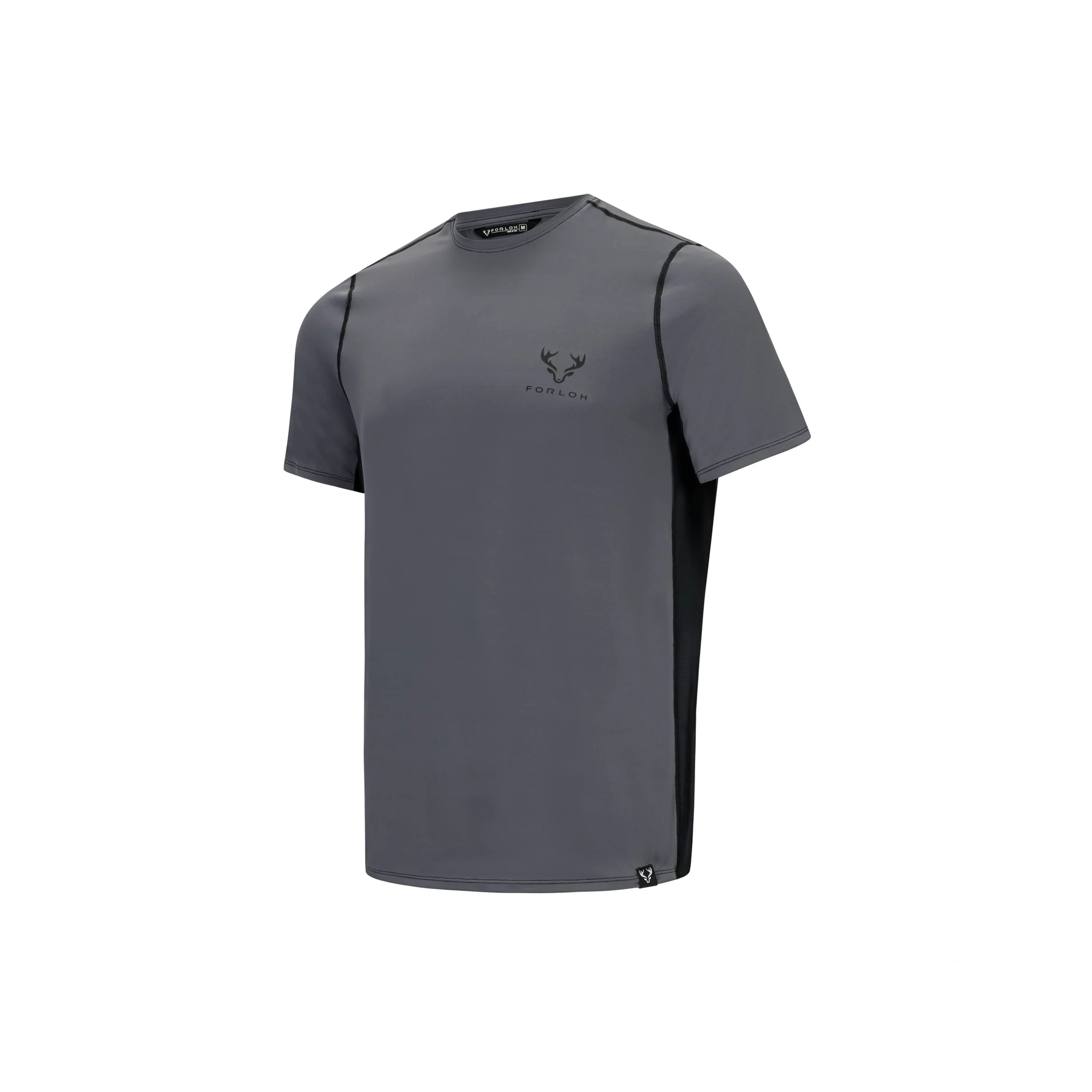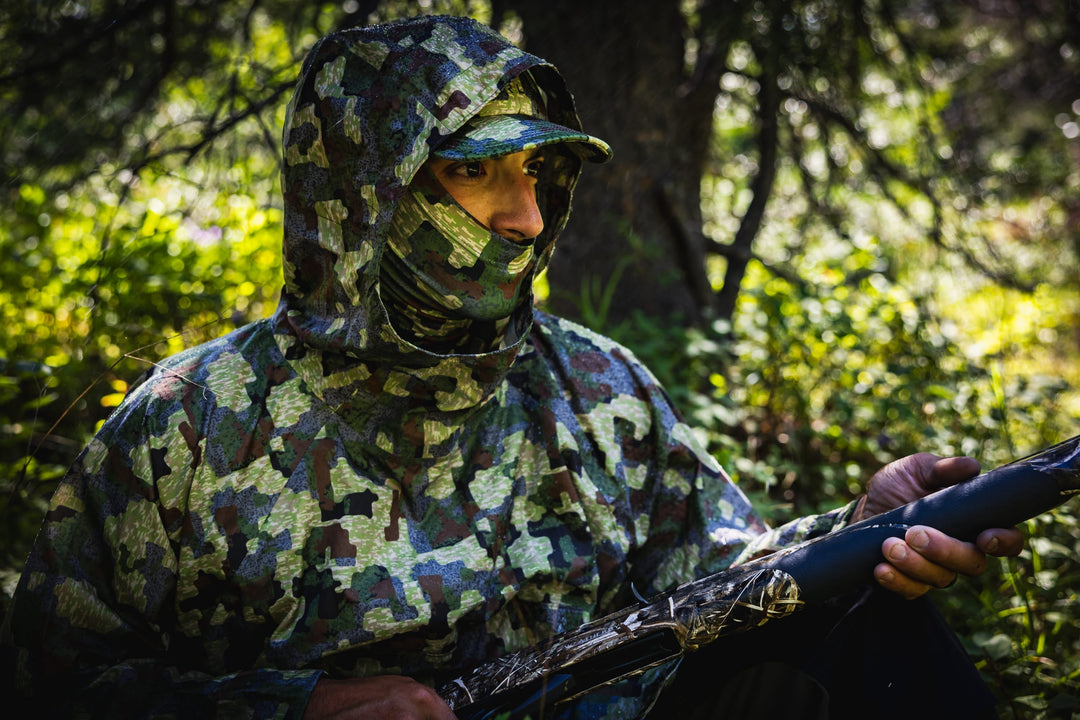-By Everett Headley
As application season ends and I finish lamenting over what I haven’t drawn and start to focus on what licenses I do have, I go through what I call the “Annual Gear Reset.” My fall begins at the end of August and, if you read about the Hunter’s Calendar, the season will continue through March.
"Broken and ineffective gear can irreparably interrupt a hunt and a little preparation can prevent that."
That’s why I will inspect everything, and overhaul it, based on my notes from the previous year. Doing this in early August gives me the time I need to resupply and fix anything I find and with supply chains still taking a beating, there isn’t anything such as “too early” anymore. Never assume that something is good to go because you just used it – ask me about the time I left a banana in a blind bag for six months.
Start With Your Pack
Everything else will find its home somewhere in your main pack. I run one pack with enough bag space for up to a week, but compress down for a day. It also has huge load bearing capabilities, for those hunts when you are coming out heavier than you went in. Those trips will strain and stain your pack and failures in the field are unacceptable.
Begin with a deep cleanse. I use the same detergent that I use to wash my hunting clothes. Make sure you check your pack manufacturer for any recommendations or avoidances. If the blood is really stubborn, hydrogen peroxide or a few hours of soaking is enough. Honestly, I am not overly concerned with removing stains as much as I am the organics that can rot and smell. A pack with a blood stain means it's being used as we all intend.

Take notes one what needs attention; you may need to send it back for repair to the manufacturer.
- Frame: carbon fiber rods are all intact, no breaking or “crepitude”. Fabric coverings are all intact and not fraying.
- Straps: thread is not pulling or unraveling. Velcro is still in good condition and catches.
- Buckles: check for hairline fractures in the plastic and replace any that have weak closure that don't “snap” back in.
- Zippers: they should close tightly and be smooth on the draw. Adding wax on zippers that are difficult will help make them easier to pull.
- Hip Belt: foam should still be springy and not permanently deflated.
- Bag: check for wear spots that create a possible rip later on.
Replace All Consumables
This may seem like overkill, until it is not. These items tend to be inexpensive, but necessary when you reach for them. When your flashlight dies and you reach for your back-up batteries only to find that they didn't last long because they are 5 years old, that will make you rethink spending $2 now for fresh ones to stay in your pack; don't assume these items are good. Hunting trips can cost thousands of dollars and can be brought to a halt if consumables fail. These are the items I replace during the reset:
- Batteries on everything.
- Snack bars
- Wet wipes/TP
- Daily Meds (my emergency backups that stay in my pack)
- Med kit: tape, liquids, bandaids (the glue can dry out)
- Wind checker and calls
- Gas for stove (and any drink mixes)
Inspect Your Boots

Pictured: Women's AllClima Soft Shell Jacket - AllClima Stretch Woven Pant
I run multiple pairs through a hunting season: lightweight, uninsulated in the early archery seasons, and heavier, slightly insulated boot in the cold, snowy portions of the year. It's a toss up if your boots or your pack are more important, but if either go down, so do you. Quality mountain boots have a significant upfront cost, but a minimal upkeep. I regularly allow my boots to dry (not dry out) and then apply a conditioner, like Obernauf’s, to keep the leather supple and waterproof. This keeps the preventable cracks at bay, but the areas we hunt can be rough. I once had a sheep hunt put on pause for a day, while I went down the mountain and into town to find boots, because the ones I had developed a leak that let in snow.
Like my pack, I will deep clean and treat my boots. I then inspect the soles for wear, the seams for completeness, and the insoles for cushioning. If everything checks out, I’ll bring in some fresh laces (they will stretch and lose their strength). This regiment has kept my boots in great condition, with only the occasional resole needed.
Check Your Clothing
I wish that what fit last year would always fit this year. But, sometimes it doesn’t work that way. Ill-fitting gear increases wear and prevents proper layering of your hunting clothing, which is key to staying comfortable. Everything gets the dreaded fit test and upsized (why is it never downsized?), if needed.
Base layers tend to be thinnest and most delicate pieces of clothing. This means they can develop rips quickly and warrant a closer inspection. Check joint areas especially for signs of thinning that will rob the insulation power. Middle, insulating layers should spring back when compressed and fit close but not too snug to the body.
Outer layers need to be checked for wind and water resistance. The best way to do this is to stand in your shower. If you put the water on cold, you’ll know very quickly if there is a leak. Most of my outer layers are treated with DWR (Durable Water Repellent) and a fresh application ensures they are ready for the season. Make sure to check all seams, cuffs, buttons, zippers, and pockets for integrity. I also tend to rotate in a few new pairs of hunting socks now and get rid of any that have weak elastic or toe holes.

Pictured: Men’s Deep Space Long Sleeve Crew
Repack Your Pack Contents
I have one main checklist that is broken down into smaller ones. My 911 Kit, bino harness, daypack, and kill kits all have their own checklists, which helps me to quickly see what needs replenished after a use. Everything comes out, replacements and repairs made, and then repacked. Putting both hands and eyes on each piece is critical, assumptions that later turn out wrong aren’t worth the few moments spent now handling each component.
"I am constantly refining my gear lists and I check these notes that I made during the last hunting seasons and make adjustments now."
Generally, this has meant lightening up on gear and removing items that had been niceties, but not necessities and leaving them back at the truck. Hunting gear lists are unique and while you can start with someone else’s, you’ll do best to tailor it to your own style and needs. Incremental changes that are consistent, create drastic improvements.
Don’t Forget Your Weapons
Each one of my weapons systems have their own accouterments, something mountain men used to call a “possibles bag”. Rifles need extra magazines, a spare release is a must for me when hunting with a bow, and putting a “cow knee” on my traditional percussion muzzleloader keeps the powder and cap dry. Being familiar, to the point of intimate, is key to good weapons maintenance. What you need to carry in the field, take in the truck, or leave at the house, will all depend on your skills, experience, and setting.
There isn’t much recorded about Benjamin Franklin being a hunter, but his phrase “an ounce of prevention is worth a pound of cure” certainly makes me think he might have been. Take a day and devote it to making sure that you start this next hunting season right.
About the Author: Everett Headley is an outdoor writer and educator. He was raised hunting and fishing in Montana. He lives in the Bitterroot with his Chesapeake Bay retriever, Cane, and his peregrine falcon, Freyja. You can find more of his work on his website and on Instagram @everettheadley.
Related: Gear Tips for Your Spring Turkey Hunt, Introducing the Safest Insect Protection Available
Shop: Men’s Deep Space Long Sleeve Crew, Method Pack, One Pack, Women's AllClima Soft Shell Jacket , Women's AllClima Stretch Woven Pant







